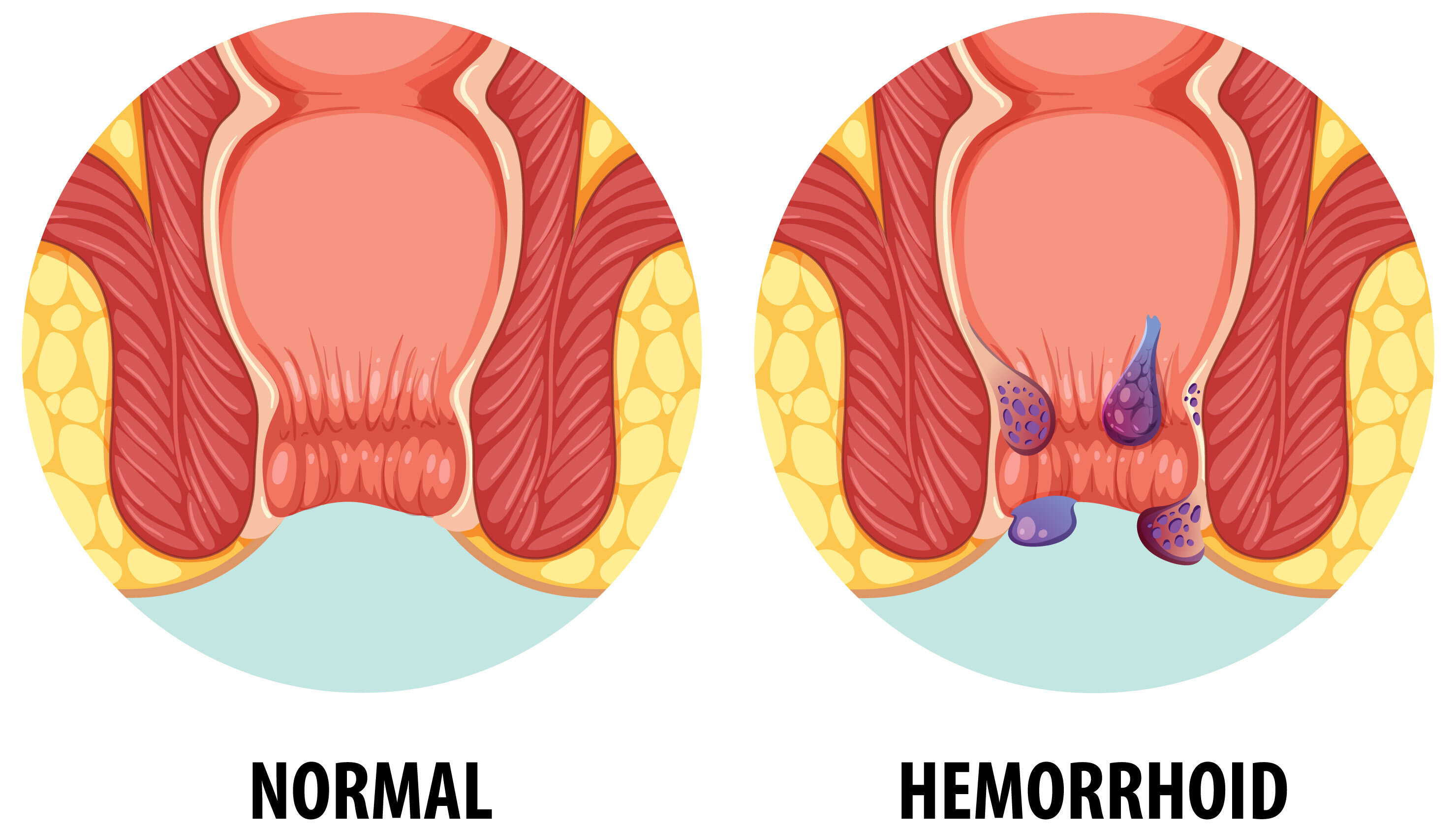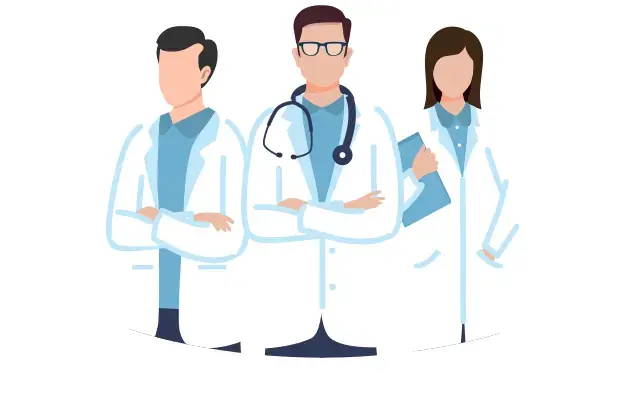Treatment Options for Piles (Hemorrhoids)
There are several effective treatment options available to manage and relieve piles, depending on their type and severity. These range from non-surgical procedures to advanced minimally invasive surgeries. Early diagnosis and timely treatment can help prevent complications and provide long-lasting relief.
Non-Surgical Treatments
Rubber Band Ligation
This is one of the most common treatments for internal piles. A small rubber band is placed at the base of the hemorrhoid to cut off its blood supply. Within a few days, the pile dries up and falls off naturally. The procedure is quick, minimally painful, and typically does not require hospitalisation.
Sclerotherapy
This treatment involves injecting a chemical solution (called a sclerosant) into the hemorrhoid. The solution causes the vein walls to collapse and the hemorrhoid to shrink. Sclerotherapy is best suited for small or early-stage internal piles and usually requires no special aftercare.
Infrared Coagulation (IRC)
In this method, a burst of infrared light is directed at the hemorrhoid to seal off the blood vessels. The resulting scar tissue cuts off the blood flow, causing the hemorrhoid to shrink and fall off. IRC is typically recommended for small to medium-sized internal piles and has a quick recovery time.
Electrocoagulation
Also known as bipolar coagulation, this procedure uses an electric current to cauterise the hemorrhoid. It effectively seals off the blood vessels and shrinks the hemorrhoid. Electrocoagulation is a safe and efficient treatment for internal piles and is usually performed on an outpatient basis.
Advanced Surgical Treatment Options for Piles
If you are experiencing persistent symptoms such as pain, bleeding, or a visible lump around the anus, it may be time to consider surgical treatment for piles. At Pristyn Care, we offer advanced, minimally invasive procedures that are safe, effective, and designed to provide long-term relief with faster recovery.
Laser Surgery for Piles
Laser treatment for piles is one of the most advanced and preferred options. This minimally invasive procedure uses a focussed laser beam to shrink or remove the swollen hemorrhoidal tissue. It is highly precise and causes minimal damage to nearby tissue.
Benefits:
- Minimal pain and bleeding
- Quick procedure and recovery
- Lower risk of infection or recurrence
Laser surgery is often the best choice for patients looking for piles cure in 3 days or less, allowing them to return to daily activities much sooner.
Stapler Surgery (Stapled Hemorrhoidopexy / MIPH Surgery)
Stapler piles surgery, also known as MIPH surgery (Minimally Invasive Procedure for Hemorrhoids), is ideal for treating prolapsed internal piles. During the procedure, a circular stapling device is used to reposition the hemorrhoids and cut off their blood supply, reducing their size and symptoms.
Benefits:
- Less post-operative pain than conventional piles surgery
- Quicker healing and shorter hospital stay
- Effective in preventing recurrence of prolapsed piles
If you are looking for how to treat piles without major surgery, MIPH offers a balanced solution – modern, safe, and less invasive.
Open Piles Surgery (Open Hemorrhoidectomy)
Open haemorrhoidectomy is a traditional surgical method used in severe or complicated cases of piles, especially where large or thrombosed hemorrhoids are involved. It involves surgically removing the affected tissue through small incisions in the anal area.
Benefits:
- Effective for treating large, external, or thrombosed piles
- Long-term relief when other treatments are not suitable
Though recovery may take longer, open surgery is sometimes necessary for patients with advanced symptoms who haven’t responded to other forms of treatment.
 Aditya Birla Health Insurance Co. Ltd.
Aditya Birla Health Insurance Co. Ltd.
 National Insurance Co. Ltd.
National Insurance Co. Ltd.
 Bajaj Allianz General Insurance Co. Ltd
Bajaj Allianz General Insurance Co. Ltd
 Bharti AXA General Insurance Co. Ltd.
Bharti AXA General Insurance Co. Ltd.
 Future General India Insurance Co. Ltd.
Future General India Insurance Co. Ltd.




















.svg)




